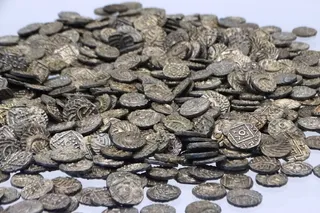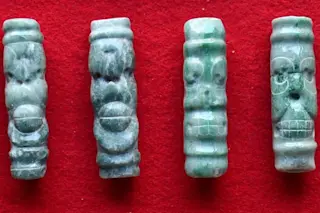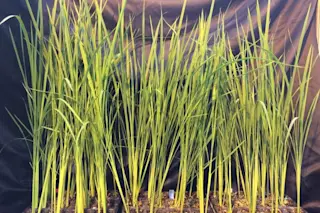The leaves are changing, a chilly autumn wind is blowing and front porches host bright orange pumpkins. As Halloween or All Hallow's Eve — whichever you prefer — draws near, the pumpkin starts to show itself everywhere. But have you ever wondered why?
Take a look at the lore behind Jack-O-Lanterns, the health benefits of pumpkins and how some farmers can grow these massive gourds.
(Credit:Stock Holm/Shutterstock)
Jack-o'-Lanterns get their roots from an Irish tradition. The legend tells of a man named Jack — nicknamed "Stingy Jack." Jack, living up to his nickname, was a trickster. Because of this he was denied access to heaven and hell after he died and was cursed to wander the Earth for eternity. He was given a burning piece of coal that he placed in a carved-out turnip to use as a lantern and began his journey across the Earth, earning him the new ...















